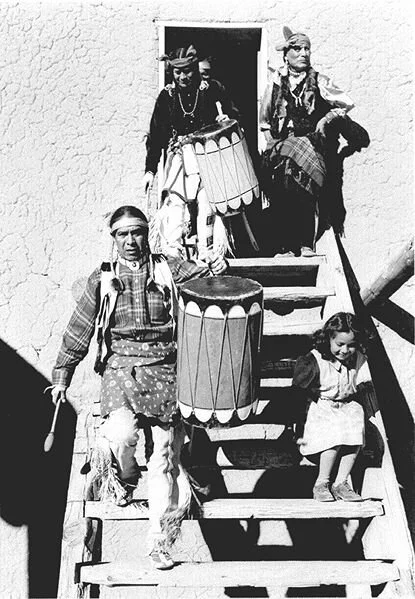The Little Burmese Tout in Training
I was an easy target, strolling happily towards the temple outside Inwa, Myanmar. The little Burmese girl chose me as the unwilling object of her relentless sales pitch. Clinging to my side she chanted loudly, “Lady! Lady! You buy my earrings? Buy my earrings! Lucky money! Lucky money!” She recited these words over and over in exactly the same order, a mindless loop of singsong, all the while holding up a selection of cheap handmade jewelry. My polite refusals were completely ignored or perhaps she simply didn’t hear me. She absentmindedly stared off into space while repeating her jingle, daydreaming of being someplace else, any place else. She was clearly bored with her job but needed the money.
As a seasoned traveler, I’d seen my share of touts. Overly aggressive to say the least, they will do just about anything to make a sale.
I learned long ago to avoid eye contact. Keep walking. Say nothing to encourage them. But from the moment my plane touched down in Burma, I felt no need for such guardedness. I walked unaccosted on the streets of Mandalay and met with nothing but curious glances and wide smiles. Cut off from the world for so long, the people still possessed a kind of cultural innocence. Respect and courtesy towards visitors still reigned. I felt welcome.
So the unwanted attention of this little tout-in-training threw me a bit. She was especially tenacious for one so young. I guessed her age to be no more than ten. The picture of innocence, she wore a colorful dress and a bow in her hair. I took it personally that she didn’t bother to look me in the eye. It quickly became a battle of wills between us. I didn't want to be unpleasant but I also wanted it to stop.
I knew just what to do. Sitting on a low stone wall, I pulled a sketchpad and pencil box out of my backpack. The little girl squatted on her heels right in front of me, her dark brown eyes wide with interest. Then I started to draw. She became the perfect model, silent and motionless.
This was not my first sketch in Burma. My current mission: create 27 drawings in 27 days, one for each day of my tourist visa. Making art doesn’t need language. It speaks to everyone, can entertain anyone, and allows observers to connect to the artist through their interest, their comments, or just their presence. It is my way of connecting to place, people, and creating memories. Drawing requires me to be still long enough to truly experience the world. Each piece becomes a powerful record, not only of the visual, but also what it smelled like that particular day, what it sounded like, what I was feeling. Few photographs manage to accomplish that for me.
I sketched in guesthouses, markets, and temples. I sketched on ancient trains with the luxury of long hours to work but found it challenging to keep a steady hand as the car bounced wildly on the tracks. Every day I hunted, seeking out my next subject. Once in a while, the subject sought me out.
People gathered to watch, locals and tourists alike, and the little girl posed for all of us. I focused all my attention on the task at hand, delighting in the anticipation on that sweet face. She was waiting to see what I would do, and how I would make her look in the drawing. It filled me with the desire to please her. Did she have a mirror at home? I wondered.
From the first moment I looked down at the blank page, I knew hesitation was not an option. My subject could move at any moment. Distractions were everywhere. I worked quickly, using light marks to describe the general shape of her compact form, leaving the details until last. Putting aside my eraser, I bravely used a blue ballpoint pen for the lines and then soft pencil for shading. With a constant smile on her lips, the girl barely moved a muscle other than occasionally glancing over her shoulder to see who was watching. Despite a growing crowd, I felt it was just the two of us locked in an intimate collaboration. I studied her, and she in turn saw me. Not as a faceless cash machine, but as a traveler, an artist.
When the drawing was finished I tore it from my sketchbook and handed it to the girl. She seemed quite pleased, and using hand signs, I let it be known that the sketch was hers to keep. It was a small moment of triumph for both of us. I stretched my legs and returned the art supplies to my backpack. The bystanders wandered off, and it was time for me to go as well. As I walked on, the girl quickly returned to my side. “Lady! Lady! You buy my earrings? Buy my earrings! Lucky money! Lucky money!” The little tout was back.
My heart sank a bit but then I had to ask myself, what did I expect?
I just hope my sketch hangs on a wall somewhere and the little girl remembers me and our time together. I do.
Amy D'Apice is a teacher, artist, writer and performer, not necessarily in that order. She divides her time between Chiang Mai, Thailand and the Pacific Northwest of the United States. More information on the Burma Project drawings and other work in progress can be found on her website. Amy's latest work can be found here.








